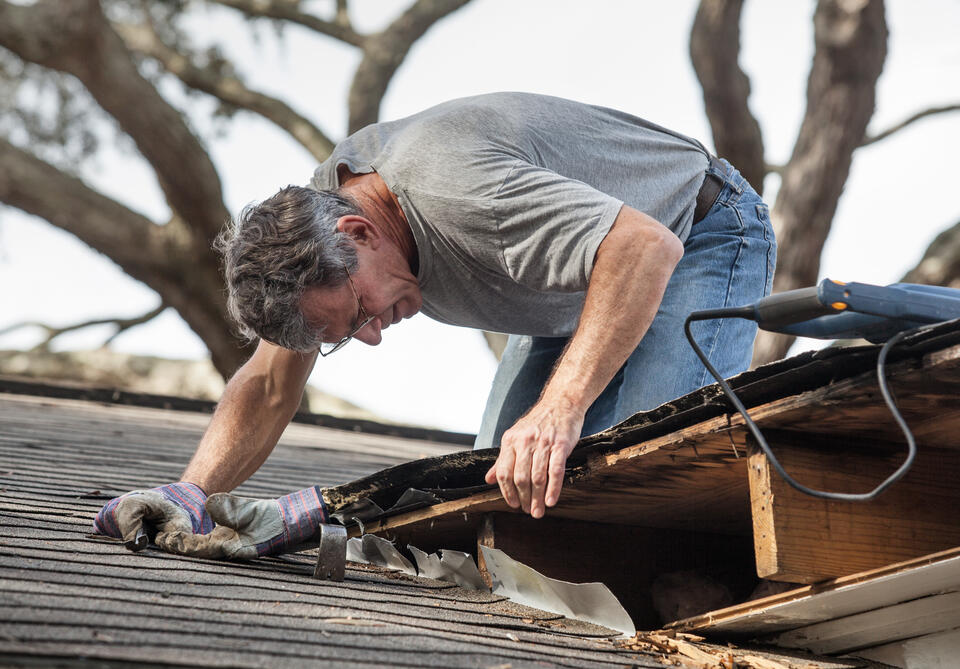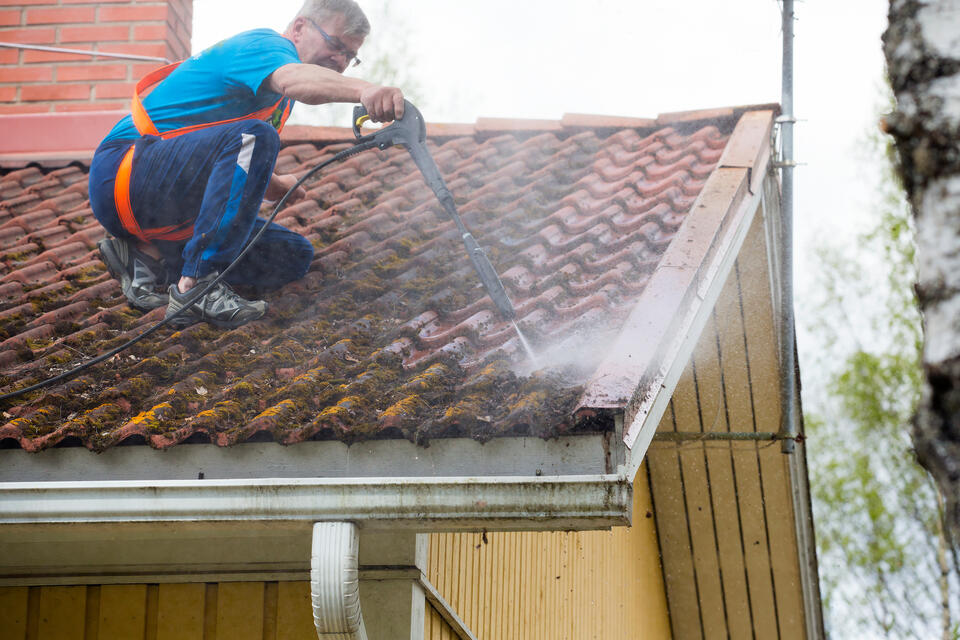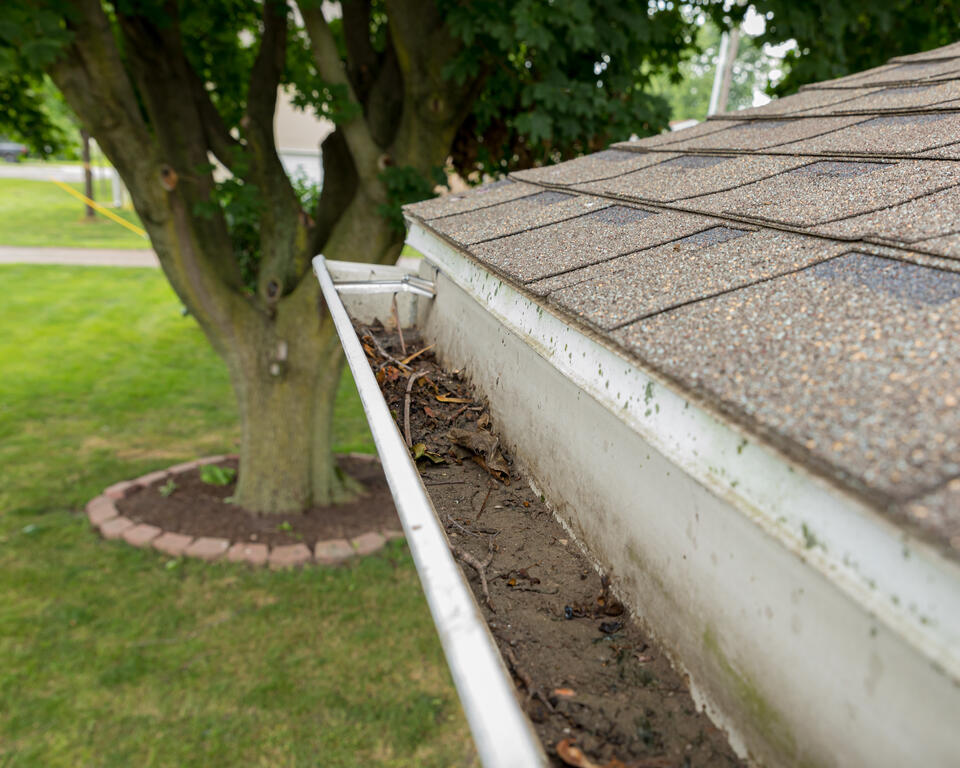How To Remove Mold From Roof Shingles (DIY Guide)
Maintaining clean roof shingles is crucial for the longevity and health of your roof. Mold can significantly impact both the appearance and structural integrity of your shingles, leading to costly repairs if left unchecked. With the right knowledge and tools, you’ll be equipped to tackle mold on your roof shingles effectively, ensuring your home remains safe and visually appealing. In this blog post, we will explore the importance of addressing mold growth and how to remove mold from roof shingles successfully, including:
- Understanding mold on roof shingles
- Preparing for mold removal
- 4-step guide to removing mold from your roof
- Preventing future mold growth
🤔 Understanding Mold on Roof Shingles

Moldy roof shingles can be a significant concern for homeowners, as it not only affects the appearance of the roof but can also lead to structural damage if left untreated. Understanding the causes, signs, and types of mold commonly found on roofs is essential for effective prevention and remediation.
What Causes Mold Growth on Roof Shingles
Mold thrives in warm, damp environments, making roof shingles an ideal breeding ground. Factors contributing to mold growth include poor ventilation, excessive moisture from rain or humidity, and debris accumulation such as leaves and twigs that trap moisture on the shingles. Additionally, shaded areas of the roof that receive less sunlight are more susceptible to mold.
Common Signs of Mold Infestation
Detecting mold on roof shingles early can prevent more extensive damage. Common signs include:
- Dark streaks or patches on the shingles
- A musty odor
- Visible discoloration
- Granule loss on shingles, indicating potential mold damage to the material’s integrity
Homeowners should be vigilant for these signs to protect their roofs.
Types of Mold Commonly Found on Roofs
Several types of mold can be found growing on roofs, with the most common being black mold (Stachybotrys), green mold (Chlorociboria), and white mold (Sclerotinia). Each type poses its own risks to both health and the roofing material, making it important to identify and address mold issues promptly.
By being aware of these factors, homeowners can take proactive steps to prevent mold growth and protect their roofs from damage. Regular maintenance and inspections are key to ensuring a mold-free roofing system.
👉 Preparing for Mold Removal
Before embarking on mold removal, it’s crucial to take safety precautions and gather the necessary tools. Ensure you have protective gear, such as gloves, goggles, and a mask, to safeguard yourself from exposure. Common tools for the job include a mold removal solution, scrub brushes, and a vacuum with a HEPA filter.
Next, inspect the extent of the mold problem. Carefully examine affected areas, including walls, ceilings, and any hidden spaces, to assess how far the mold has spread. This will help you determine the best approach for removal.
Lastly, consider the weather when planning roof maintenance. Avoid tackling mold removal during rainy or humid conditions, as moisture can exacerbate the problem and make the removal process less effective. A dry day is ideal for ensuring the area remains clear of additional dampness during treatment.
🧼 4-Step Guide to Removing Mold From Your Roof

Removing mold from your roof is crucial for maintaining the integrity of your home and preventing potential damage. Mold can lead to structural issues and health problems, making timely removal essential for a safe living environment.
1. Initial Cleaning
Start by removing any debris and surface dirt from the affected area. Use a broom or vacuum to clear away loose particles. For cleaning solutions, opt for a mix of water and mild detergent or a specialized mold cleaner to prepare the surface for mold removal effectively.
2. Applying Mold Removal Solution
Choose between homemade solutions, like a mixture of vinegar and baking soda, or commercial mold removers available in stores. Follow label instructions carefully, and apply the solution evenly to ensure effective coverage. Use a spray bottle for easy application or a sponge for targeted areas.
3. Scrubbing and Rinsing
Use proper scrubbing techniques tailored to the material of your shingles. For asphalt shingles, a soft-bristle brush is ideal to avoid damage. Rinse the shingles gently, using a low-pressure water source to prevent dislodging any shingles or causing further damage.
4. Final Inspection and Rinse
After cleaning, conduct a thorough inspection to confirm that all mold has been removed. Look for any remaining spots or discoloration. During the rinsing process, take steps to prevent water damage by directing water away from sensitive areas and ensuring proper drainage.
🛑 Preventing Future Mold Growth

To effectively prevent future mold growth, it’s essential to implement regular maintenance practices. Here are some key strategies:
- Regular Maintenance Tips: Schedule routine inspections of your property to identify and address potential mold growth areas early. This includes checking for leaks, ensuring proper ventilation, and cleaning gutters regularly to prevent water buildup.
- Roof Treatments and Protective Coatings: Consider applying protective coatings to your roof and other surfaces. These treatments can create a barrier against moisture and help reduce the likelihood of mold development.
- Addressing Underlying Causes of Moisture Accumulation: Identify and resolve any sources of excess moisture within your home. This may involve fixing plumbing issues, improving drainage systems, and using dehumidifiers in damp areas to maintain optimal humidity levels.
- Consider Shingles with Copper Granules: If your roof is nearing the end of its lifespan and is due for a replacement, you should consider having shingles with copper granules installed. This is all the more true if you’ve had a long-running battle with roof mold in the past. Due to copper’s natural antimicrobial properties, roofing elements that contain copper can effectively stave mold formation off. If you need assistance in cleaning your mold-covered roof or want to know more about roofing materials that are designed to prevent mold, like copper or zinc strips, we can help.
By following these practices, you can significantly reduce the risk of mold growth and maintain a healthier living environment.
🙌 Protect Your Home: Effective Mold Removal for Long-Lasting Roofs
Addressing mold growth on roof shingles is vital for the longevity of your roof and the safety of your home. Following a systematic approach to mold removal can help ensure that your roof remains in top condition. At Shamrock Roofing and Construction, we are committed to providing the highest level of service and expertise for all your roofing needs. Our team of skilled professionals is equipped with the knowledge and tools to effectively tackle mold issues, ensuring a safe and thorough cleaning process. Trust us to protect and enhance the value of your home with our specialized services. Don’t wait for mold to pose a bigger problem—call Shamrock Roofing and Construction today to schedule your roof inspection and take the first step towards a mold-free, sturdy roof.
